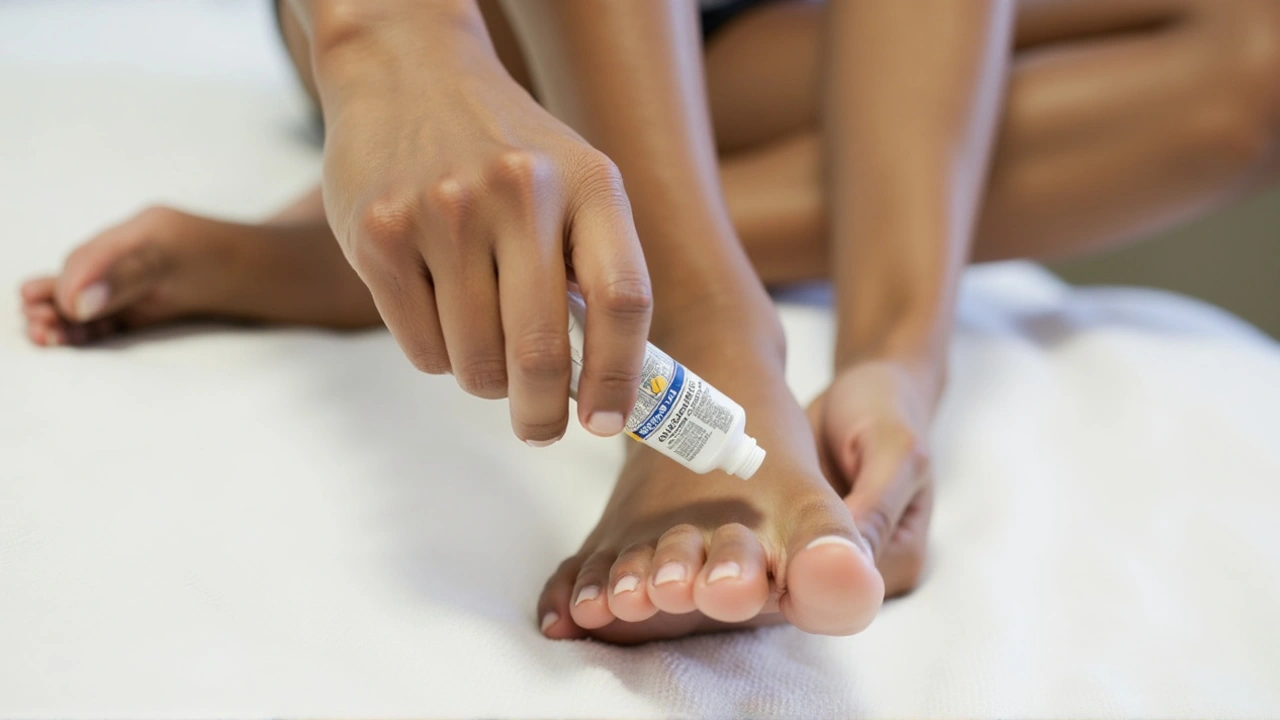Antifungal treatments: what works, what to try first
Fungal infections are common — up to one in four people will get one at some point. The good news: most respond well to simple antifungal treatments. This page explains the main options, how to use them safely, and when to see a doctor.
Top antifungal options
There are two main types: topical (creams, sprays) and oral pills. For skin and mild yeast infections, try a topical first. Over-the-counter creams with clotrimazole, miconazole, or terbinafine work for athlete’s foot, ringworm, and many vaginal yeast infections. Apply as the label says — usually once or twice daily for 1–4 weeks. Stop only after the full course, even if symptoms clear sooner.
Oral antifungals are for tougher cases. Fluconazole (single dose for many vaginal yeast infections) and terbinafine (commonly used for nail fungus) often need a prescription. Nails and deep skin infections take longer to treat — expect weeks to months for nails and several weeks for stubborn skin infections. Your doctor will choose the right drug and dose based on the infection type.
Prescription topical options like ketoconazole or higher-strength steroid-antifungal combos can help inflamed or persistent rashes, but steroids can mask infection if used wrong. Don’t combine steroid creams with antifungals unless a clinician recommends it.
When to see a doctor & how to avoid repeat infections
See a doctor if symptoms don’t improve in 2–4 weeks, if the infection is widespread, painful, or near the eyes, or if you have a weakened immune system or diabetes. Also seek help for nail infections — home treatments rarely cure fingernail or toenail fungus on their own.
Prevention is simple and effective: keep skin dry, change socks daily, avoid walking barefoot in public showers, dry between toes after showering, and don’t share towels. For vaginal health, avoid strong soaps and scented products; wear breathable cotton underwear. If you get recurring infections, your doctor may test a sample to confirm the fungus type and pick a targeted treatment.
Safety matters. Some oral antifungals interact with common medicines like statins, blood thinners, and certain heart drugs. Tell your provider about all medicines and supplements you take. Pregnant or breastfeeding? Don’t take oral antifungals without medical advice; topical treatments are often safer but still check with your clinician.
If you’re shopping online for antifungal meds, stick to reputable pharmacies and check for a valid prescription policy. At SpringMeds, we aim to explain options clearly so you can make smart, safe choices. If you’re unsure, ask a pharmacist or your doctor — a quick question can save weeks of wrong treatment.

